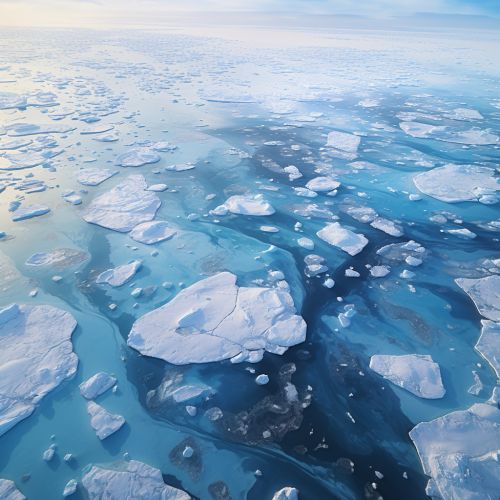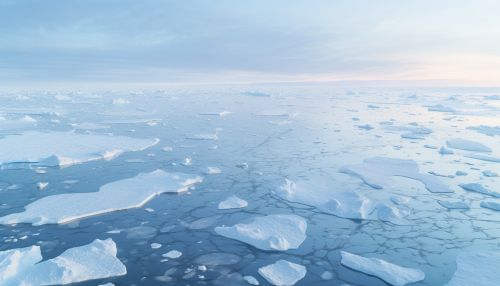Adaptation to global warming in the Arctic
Introduction
The Arctic region, characterized by its unique polar climate, is experiencing some of the most rapid and severe climate change on Earth. The effects of global warming on this region are profound and complex, necessitating a variety of adaptation strategies to mitigate the impacts on the environment and local communities. This article delves into the various aspects of adaptation to global warming in the Arctic, discussing both natural and human-induced strategies.
Climate Change in the Arctic


The Arctic has warmed at approximately twice the global average rate in the past century, a phenomenon known as Arctic Amplification. This rapid warming has resulted in significant changes to the region's climate and ecosystem, including the loss of sea ice, thawing permafrost, and shifts in wildlife populations. These changes have far-reaching implications, not only for the Arctic itself but also for the global climate system.
Natural Adaptation
Natural adaptation refers to the changes in ecosystems and species in response to the changing climate. In the Arctic, this includes shifts in the distribution and behavior of species, changes in community composition, and alterations in ecosystem processes.
Species Adaptation
Many Arctic species have evolved to survive in extreme cold and are now facing challenges due to the warming climate. Some species, such as the polar bear, are struggling to adapt to the loss of sea ice, their primary habitat. Others, like the Arctic fox, are facing competition from species moving northward as the climate warms.
Ecosystem Adaptation
Arctic ecosystems are also undergoing significant changes in response to global warming. For example, the tundra is experiencing increased shrub growth, a phenomenon known as the "greening" of the Arctic. This change in vegetation can affect everything from wildlife habitat to permafrost stability.
Human Adaptation
Human communities in the Arctic, many of which are Indigenous, are also grappling with the impacts of climate change. These communities are implementing various adaptation strategies to cope with the changing environment.
Community Adaptation
Arctic communities are adapting to climate change in a variety of ways. Some are implementing traditional ecological knowledge, while others are using modern technology. Many are also advocating for policy changes at the national and international levels.
Infrastructure Adaptation
The thawing permafrost poses significant challenges for infrastructure in the Arctic. Buildings, roads, and other structures built on permafrost are at risk of damage as the ground becomes unstable. Engineers and planners are developing new techniques and materials to build infrastructure that can withstand these changes.
Challenges and Opportunities
While the impacts of global warming in the Arctic present significant challenges, they also offer opportunities for innovation and resilience. Understanding these challenges and opportunities is crucial for developing effective adaptation strategies.
